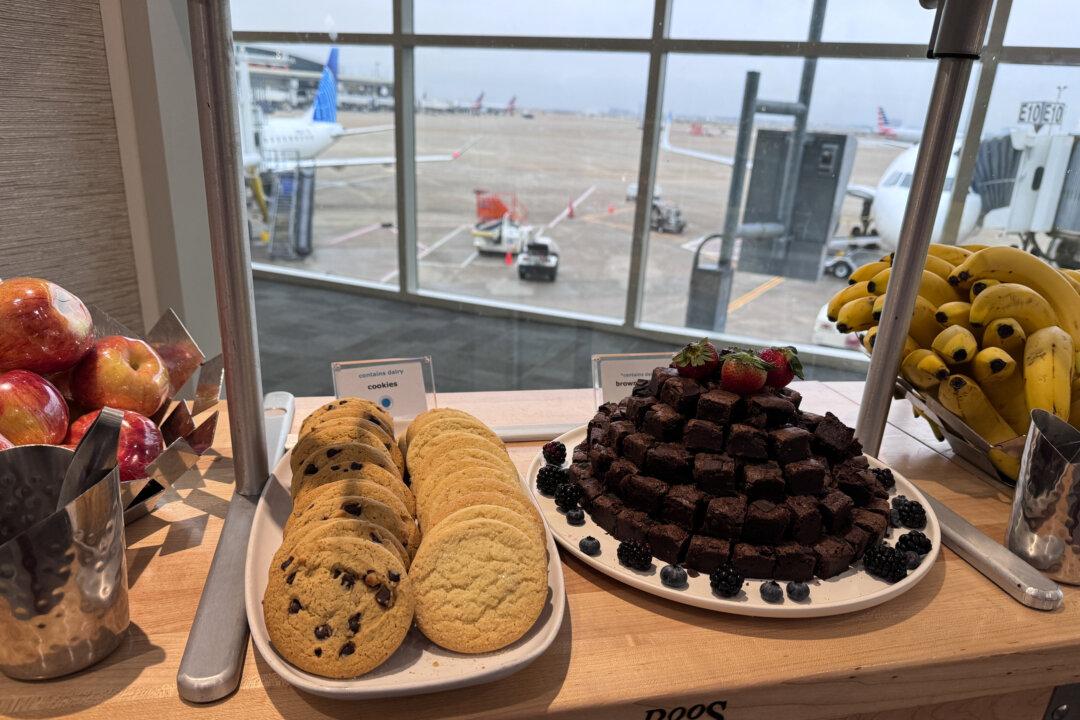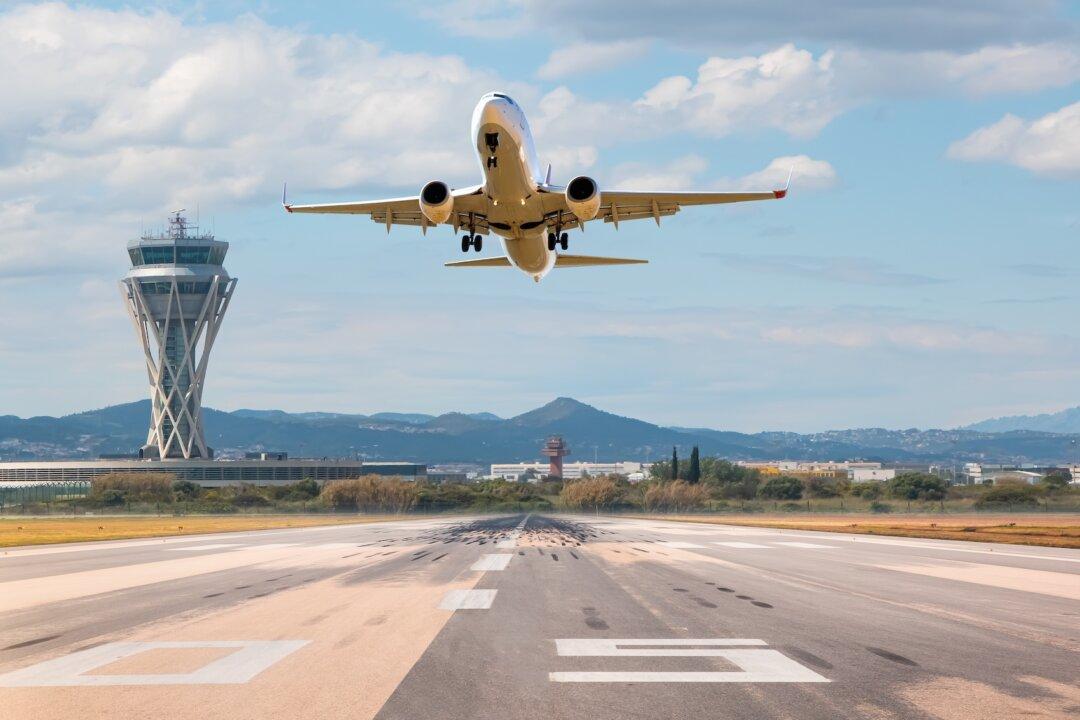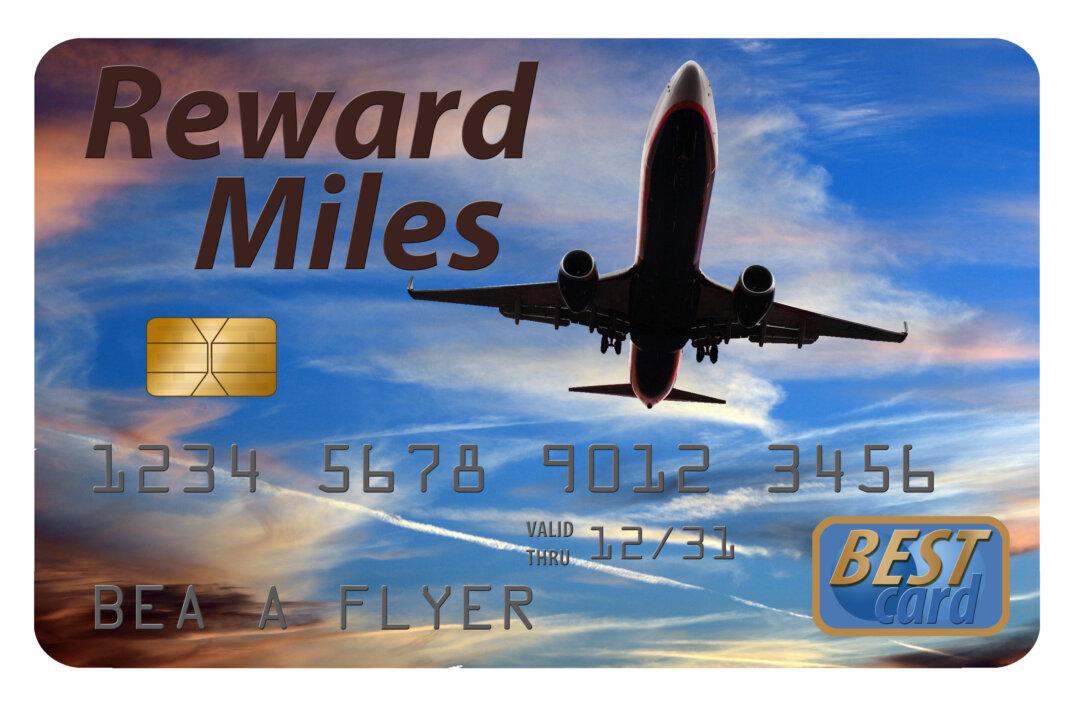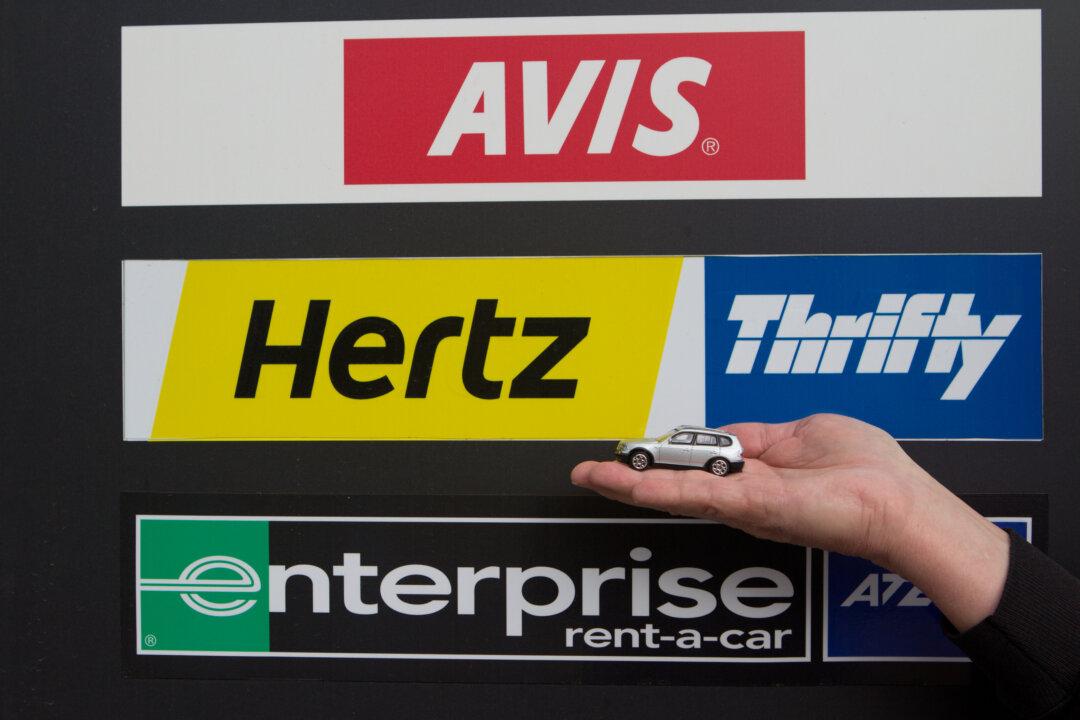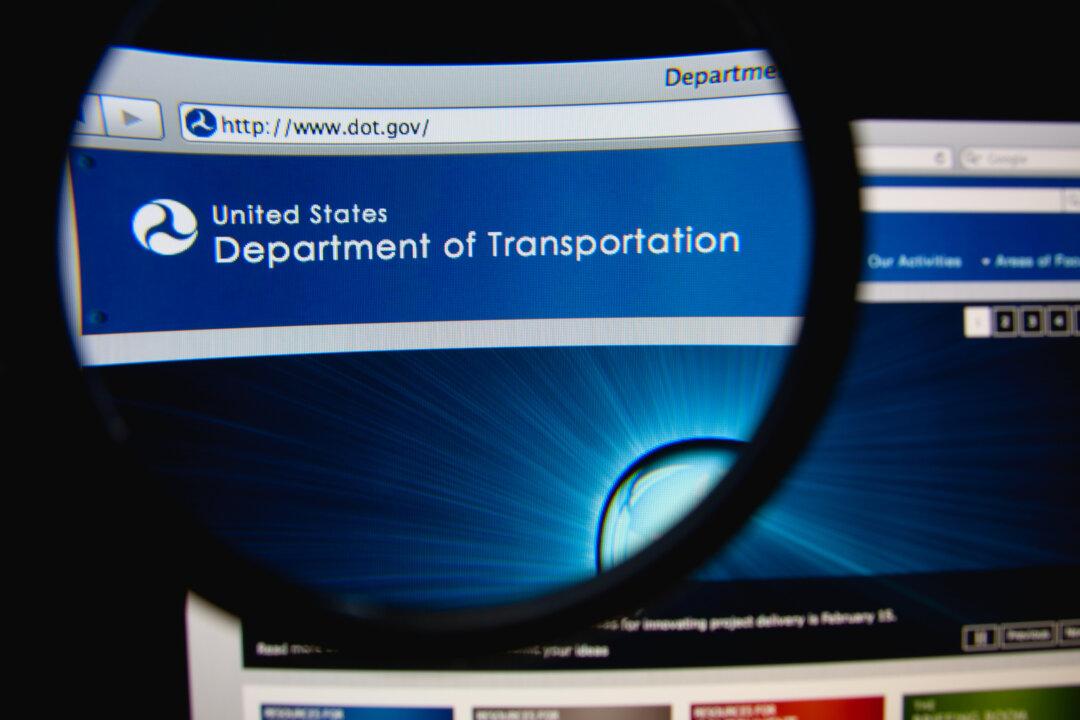If you’ve followed these columns, you know I’m a big fan of airport lounges. I’ve called them “oases of peace and quiet in the otherwise hostile environments of big airports.” But in the past two years, that serenity seems to be taking a bit of heat. At busy hub airports, flyers who paid big bucks for a little guaranteed peace and quiet find themselves behind a rope line waiting until someone else comes out in order to get in. They may even be turned away. At some locations, travelers enter names on a list and the club texts them with a “we have your table” message. Feh.
The primary force behind recent changes is the fact that lounge eligibility has suddenly outpaced lounge capacity. The increase in eligible flyers is mainly because of the big banks, which have included lounge access as one of the perks of their premium credit cards.
This expansion has been fueled, in part, by the entrance of a bunch of new players. Once the sole province of big airlines, outfits unaffiliated with any airline are building and operating lounges. Initially, a few small operators established lounges to accommodate travelers flying airlines too small to have their own. But somewhere along the line, entrepreneurs seemed to get the idea that running lounges could be a profitable business and started building and operating multiple independent lounges. The biggest new player is Plaza Premium, with more than 1,400 worldwide locations. Flyers can gain access to Plaza Premium lounges through Priority Pass, a lounge-entrance program included with several premium credit cards or available separately.
A few big banks are getting into the act. American Express was first, with 15 current domestic locations and about the same number overseas. Chase Bank and Capital One have a handful of locations each, with more in the pipeline. I’ve already heard reports that some bank lounges have become overcrowded, too.
Airlines have reacted to the overcrowding, but certainly not quickly enough to offset the problem. As a result, the blogosphere is speculating that big airlines will respond not by quickly expanding clubs but instead by limiting entry for some program members. They won’t just say you can’t get into some; they will cut back on the number of guests that a program member may bring in, limit the amount of time that a member can stay in a lounge, and, of course, the old standby, raise prices. This sort of move will not sit easily because it means retroactively limiting benefits for travelers after they have paid hundreds of dollars for full memberships. Lawsuits are in the wind.
To me, the most intriguing development is a nascent move for the independent operators to open off-airport locations. Amtrak and some European lines have run lounge programs based in rail stations, but that’s not what I’m looking at. Instead, consider Plaza Premium’s new lounge in Osaka—downtown, close to a rail station entrance but not in it, and open to a street front. This might well represent an entirely new business venture: lounges everywhere. After all, the idea can be attractive—a spot downtown with refreshments and comfortable seating, Wi-Fi, and a baggage storage service, with unlimited entry for a cost of about $400 a year. I know several folks who could make that deal pay off in a month just for the booze.
Obviously, problems with liquor laws—and many others—would have to be solved before the idea could catch on, but if it works for the operator and it looks good to a customer ...
Is there any way for you to get ahead in this game right now? Not really. As long as the airline lounges can’t hold everyone qualified to get in, there will be problems that can’t be solved on the spot. A membership card in a different program could sometimes help, but the bottom line is that we'll all have to wait to see how the situation plays out. And be prepared to be turned away from your favorite club on a busy day.

